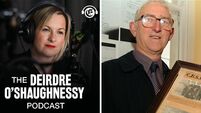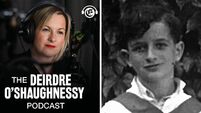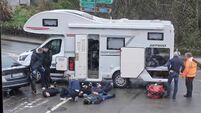Emigrant communities, moral economy and Liverpool’s anti-German protest riots
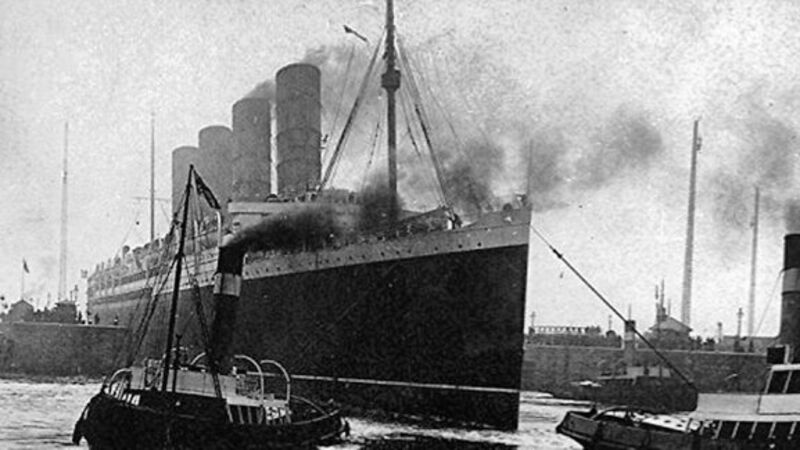
Most of these violent actions were directed against German pork shops in urban centres. This piece explores the reasons for the involvement of Liverpool’s Irish community in these riots.
British industrial unrest during the First World War is well-documented. Less documented is that Britain was convulsed by food riots throughout the conflict. Britain, of course, was not alone, as food riots occurred across nearly every European nation.
Because consumer sacrifice in wartime becomes collective community struggle, governments have to ensure fair prices.
But, as we know, full rationing was not established in Britain until 1918 — the last year of the war. So what of popular (as opposed to state-imposed) actions against profiteering before then?
The famous English radical historian, EP Thompson, spoke of food riots as being legitimated by ‘traditional rights or customs’ and ‘supported by the wider consensus of the community’.
Following this idea, which Thompson termed ‘moral economy’, perceptions of market fairness were as important, and in most cases more important, than merely hunger itself. Food riots were, according to Thompson, legitimate actions against profiteering and price inflation.
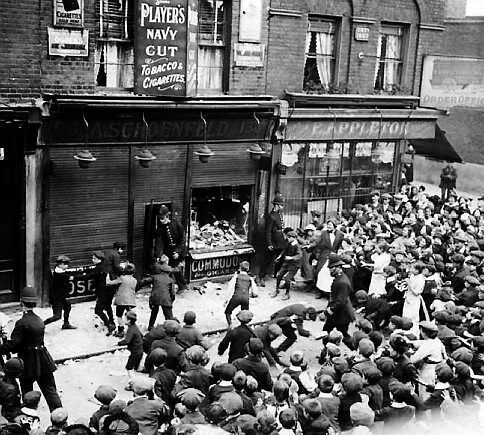
So when women and men rioted about food, they were prompted by ‘an outrage to these moral assumptions’ as much as by actual deprivation. Food riots were not just ‘rebellions of the belly’.
Historians usually portray community-based subsistence riots as occurring in pre- or proto-industrial settings, where informal, community politics prevail and not in modern, market economies. During wartime, however, there is an intensification, or reversion, to older notions of economic morality. With this enhanced wartime morality, did older notions of ‘moral economy’ reappear?
And, if so, how did they tie in with the popular nationalism of the war effort and the Lusitania riots?
Lusitania left New York, bound for Liverpool, on May 1, 1915. On May 7, eleven miles off the southern coast of Ireland, she was sunk by a German U-boat, killing 1,198 passengers and crew. Thereafter, riots against German shops occurred up and down Britain. But some of the worst riots were in Liverpool, which possessed a very large Irish-emigrant community.
Pat O’Mara, in his memoir, The Autobiography of a Liverpool-Irish Slummy, which was first published in 1934, takes up the story of the Liverpool riots of May, 1915: “We walked down Bostock Street, where practically every blind was drawn in token of death. All these little houses were occupied by Irish coal-trimmers and firemen and sailormen on the Lusitania; now, these men, who, barely two weeks ago, had carried their bags jokingly down the street, were gone, never to return...
“Some of the women, drunk, were laughing — laughing as mad people laugh when the border line had been passed ... On the corner of Scotland Road, ominous gangs were gathering — men and women, very drunk and angry. Something was afoot; we could sense that, and, like good slummy boys, we crowded around, eager to help in any disturbance.
“Suddenly, something crashed up the road, near Ben Johnson Street; followed, in turn, by another terrific crash of glass. We ran up the road. A pork butcher’s had had its front window knocked in with a brick and a crowd of men and women were wrecking the place.
“A little higher up the same thing was happening — everything suggestive of Germany was being smashed to pieces...Someone in the mob mentioned Mr Agte, a retired German sailorman, now a naturalised Britisher, and married to the popular Sarah Doran, as Irish as a leprechaun. ‘Ah, lave thim alone!’ said a Joan of Arc, who was leading the mob. ‘Sarah allers hilped the church. Let’s get after Yaag — that’s the bloody ‘Un!’ So, instead of Agte’s we raced on to Yaag’s pork butcher’s in the Great George Street, most of us boys in the vanguard and anxious to be the first to crash the enemy’s windows.
“Mr Yaag, a big, wholesome fellow, allegedly had been born in Germany, but I don’t think he remembered much about it.
“Two of his nephews were with my cousin, Berny, and the Eighth Irish over in France. I always liked Mr Yaag, but not quite so keenly as I liked to break his window without fear of molestation...
“[After a day of looting German shops] got a pernicious bellyache on account of all the raw sausage I had eaten.”
In Liverpool, overall, 200 shops were gutted with the damage costed at £400,000.
So, were these race riots or morally charged food riots? Thompson denied that food riots were merely ‘rebellions of the belly’, but O’Mara’s bellyache from raw sausage seems to defy this notion. Nonetheless, the reluctance to smash Sarah Doran’s shop, because she gave money to the church, shows that there were at least flashes of an (albeit distorted) moral-economic ethic at work here.
The sinking of the Lusitania was regarded as a war crime, an affront to the moral guidelines of wartime. That pork and Germany were viewed as identical items suggests a moral issue, which tied into economic ones.
In conclusion, however, actions such as Liverpool’s anti-German riots of May, 1915 were clearly complicated by the jingoistic nationalism of war culture. Indeed, the German pork butchers were not the only targets of mob action in 1915: Liverpool’s Chinese shops were also victimised, with the Foreign Office reporting Chinese citizens begging for protection. The Republic of China, of course, was firmly neutral.
Moreover, pork was — at this stage of the war — more readily available and more fairly priced than it would be by 1917-18.
These riots were unsavoury actions, then, and the the involvement of the Liverpool Irish in them raises many questions about the complex issues attached to national identity in wartime societies.







